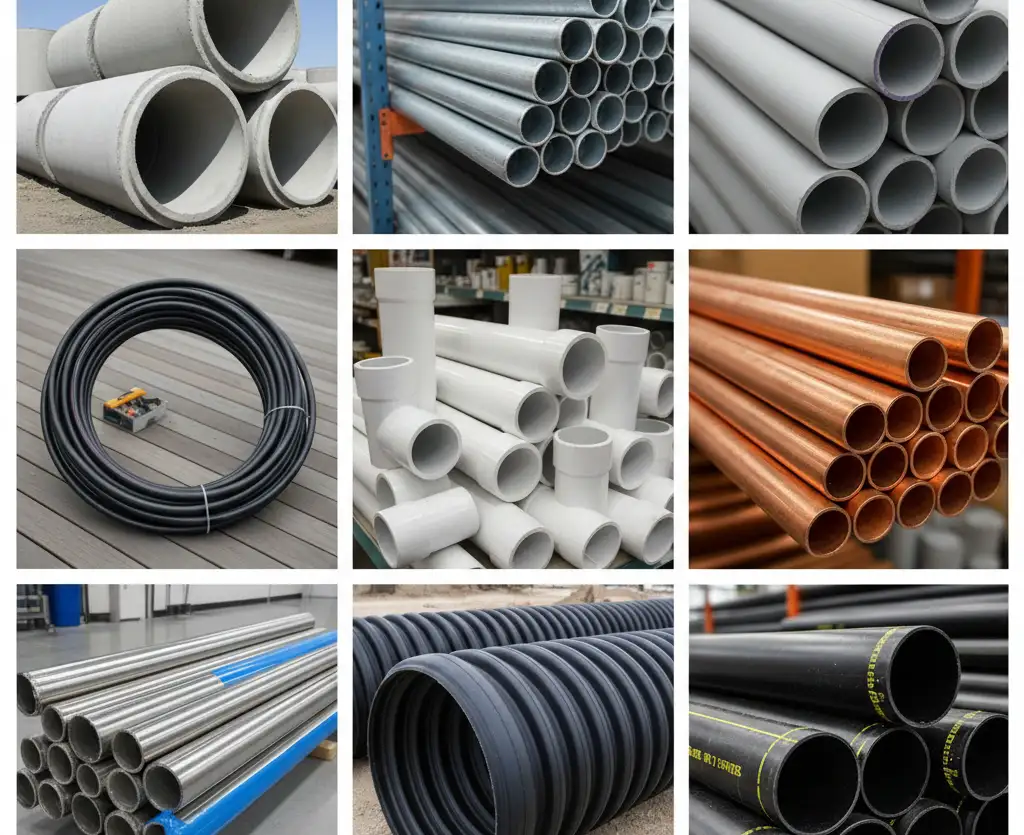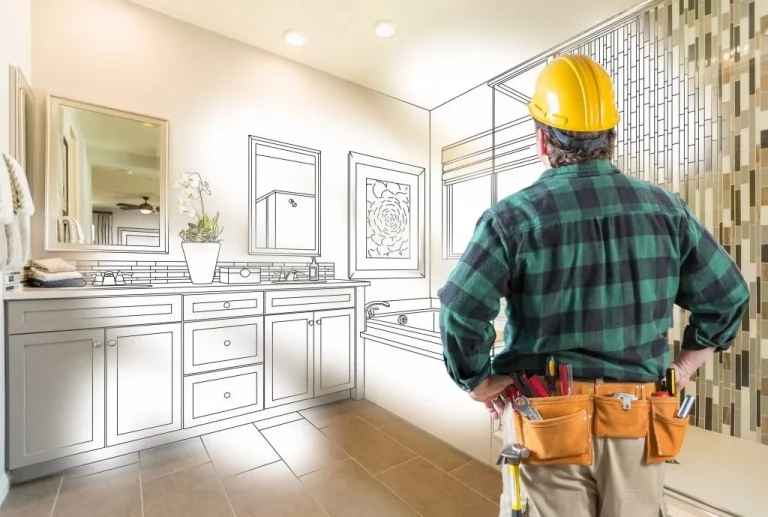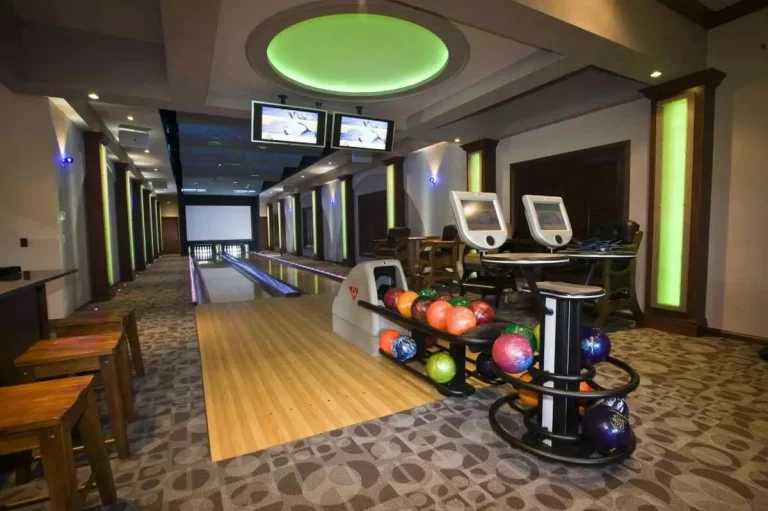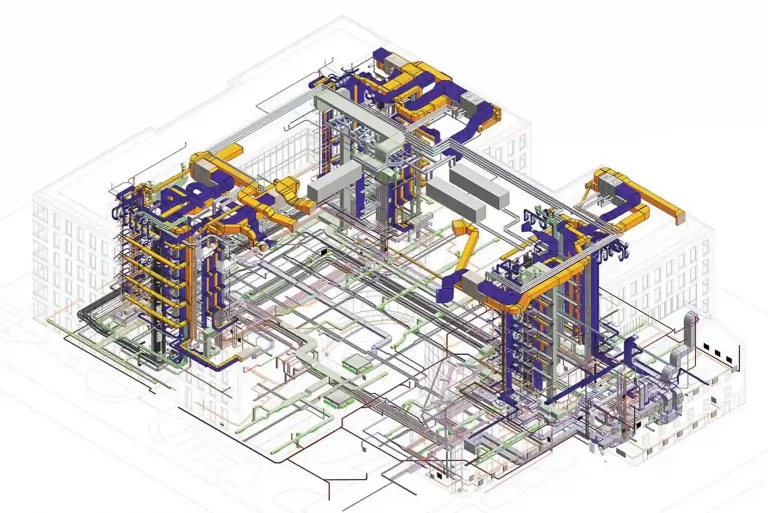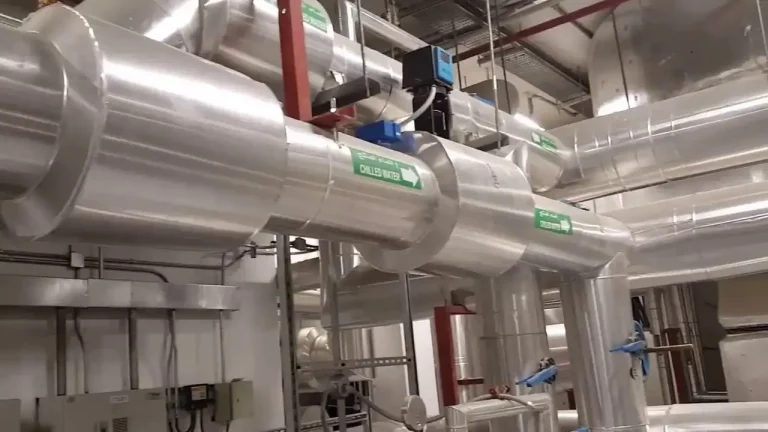Top 10 Plumbing Pipe Materials – Expert Guide
One of the most important decisions you must make during construction is selecting the Plumbing Pipe Materials for your building. The pipes you choose will have a collective impact on the durability and cost of installation of your plumbing system. When discussing the topic of materials for plumbing pipes, there are literally so many options. This means that choosing the right material can be a challenging undertaking.
CONNECT WITH US TO PICK THE RIGHT PIPING MATERIAL FOR YOUR PLUMBING SYSTEM TO AVOID ANY UNEXPECTED LEAKS AND REPAIRS IN THE FUTURE!
This article will provide you with expert guidance on how you can steer through the piping material selection process. So, let’s start our discussion!
What Classifies as the Best Pipe Material for Plumbing
Is there a single Best Pipe Material for Plumbing? Well, the answer to this question is not that simple. It primarily depends on the purpose a pipe is going to be used for.
Each material has its own unique characteristics and serves a different purpose. On top of that, how efficiently a pipe will perform also depends on the climate conditions. Some perform better in colder conditions, whereas some are more suitable for hotter regions. Consider these factors:
- What is your financial standpoint? Your budget!
- Where do you live? Your location!
- Are there any regional plumbing standards you have to follow? Local Plumbing Codes
Top 10 Materials for Plumbing
1) Copper Pipes
Not only that, but it can also be used for both hot and cold water systems, and it has a life of more than 50 years with excellent resistive properties against heat and corrosion.
Copper remains a top choice for durability, but new eco-friendly copper alternatives now use recycled alloys that lower production emissions.
Limitations
- It is a costly purchase, around $2 to $7.5 per linear foot.
- Also, it requires a skilled plumber for installation.
2) PEX
This material is gaining popularity for its application in residential projects. That is because it is both flexible and less costly. Its Pipework Material costs around $0.2 – $2.5 per linear foot, with a life of 40 plus years. It offers corrosion as well as freeze resistance.
Disadvantages
- It cannot be used in outdoor projects.
- It cannot be recycled, thus it is not a sustainable option.
However, newer PEX-B variants now include UV-stabilized coatings that slightly improve outdoor performance, though still not ideal for direct sunlight exposure.
3) Polyvinyl Chloride (PVC)
If you want the best possible option for your drain, water, and vent piping system, choose this material. With this material available, affordability is not a problem. The normal price range of this material is $0.55 to $1.75.
Drawbacks
- It cannot be used for hot water.
- It is prone to depreciate over time.
Recent ASTM standards now allow higher-pressure-rated PVC types for limited hot water use, but these are primarily for commercial applications.
4) Chlorinated Polyvinyl Chloride (CPVC)
Looking for something better than PVC and also less expensive, then choose CPVC. It costs around $1 to $3.8, with a life of up to 65 years. It is also suitable for both hot and cold water, up to a certain temperature.
Cons
- It must be handled carefully during installation.
- It can crack under a little amount of impact or stress.
Many plumbing experts now recommend CPVC for homes with hard water, as it resists scaling and internal corrosion far better than copper in such conditions.
5) Acrylonitrile Butadiene Styrene (ABS)
Another option for the drainage, waste, and vent piping system, which is preferred over PVC because it offers better performance in extreme cold. This material life is around 70 years, with a cost range of $0.75 to $2.1.
Weakness
- It is not an optimal option for hot water.
- Its availability can be an issue in some regions of the United States.
6) Cast Iron
This material is used for its durability and sound-cancellation abilities. For extreme pressures, this material is always prioritized, making it a suitable option for commercial and industrial buildings. The per-linear-foot cost of this material is $5.3-$14.9, with a life of 90+ years.
Limitations
- It is very costly to acquire and install.
- It requires a skilled tradesman as well as special tools for installation.
Cast iron systems are being phased out in many new residential builds in favor of quieter PVC or HDPE options due to cost and weight.
7) Galvanized Steel
A strong and reliable option, with resistance to high pressure and fire. It is suitable for both hot and cold water with a life of 55 years. The cost of this material is $2.9 to $8.
Disadvantages
- Over time, it can be subject to corrosion and rust.
- The installation process is difficult because of its weight.
This material is now rarely installed in new homes due to lead contamination risks in older galvanized lines.
8) High-Density Polyethylene (HDPE)
This material is widely used for underground plumbing systems, mainly for industrial settings. It offers a life of 100 years with a cost of $3 – $9.4 per linear foot.
Cons
- The installation process requires specialized equipment.
- It cannot be used in residential projects.
HDPE is now being approved for limited residential use in trenchless water line replacements because of its flexibility and leak-free jointing system.
9) Stainless Steel
This material type can be applied in both residential and commercial buildings. It is durable and at the same time resistant to corrosion. Its lifespan is around 80 plus years with a cost of $6.2 to $15.5.
Drawbacks
- Probably the most expensive material if installation is included.
- Once installed, it cannot be modified.
Contractors prefer stainless steel in coastal areas because of its superior resistance to saltwater corrosion.
10) Polybutylene
Once a popular choice, it has now become obsolete because of its excessive wear and tear requirements over time. It offered a life of 20 to 30 years but was often damaged earlier.
Polybutylene is no longer approved under U.S. plumbing codes due to premature failures and insurance concerns.
Professional Services or DIY – Which Way To Go!
Well, it all depends on the size of your plumbing project and what type of material you are installing.
If it’s only a bathroom or a single kitchen and you are working with PEX or CPVC, then DIY might be possible. However, you will definitely need professional plumbing estimating services for your Plumbing Estimates if the pipework is for more than a room. Also, if you have chosen cast iron, copper, or stainless steel, then installation of these materials is not possible without a professional.
Make sure your plumber is licensed and follows local building codes, as improper installation may void warranties or lead to compliance issues.
Know When a Professional is Necessary!
If the installation of your plumbing system is for more than one room, and you are working with materials like copper or stainless steel, you will surely need expert Pipework Estimating Services.
This is because for this type of material, you need to estimate how much piping you need. If that is not done properly, you might fall short and face delays, thus costing you more than what you have planned. And, that’s not it! Without proper training or tools, installation of these types of materials is nearly impossible.
Professionals now use digital estimating software and 3D plumbing layout tools (BIM-based) to minimize errors and improve material efficiency.
To Conclude
In the end, the Plumbing Pipe Materials you want are not about what they offer, but what your project requires. If you are working on a tight budget and need something durable, then PEX or CPVC is the go-to option. But if you are looking for something that is durable and offers high resistance capabilities, then go for copper. In short, this article provides you with an extensive guide on the top 10 plumbing piping materials along with their costs, benefits, and limitations, so read this and make the right decision!

